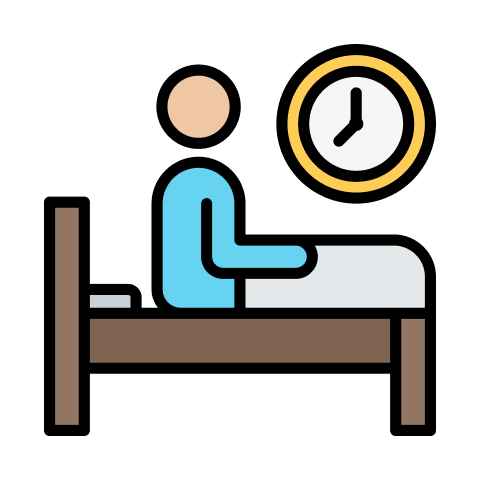Transferring a patient in bed requires care and attention to ensure their safety and comfort.
Here are step-by-step instructions to guide you through the process
Preperation
- Wash your hands thoroughly and put on gloves if needed.
- Explain the procedure, ensuring they understand and feel comfortable with the process.
- Adjust the bed to a safe working height. Lower the bed if necessary to minimize the risk of injury during the transfer.




